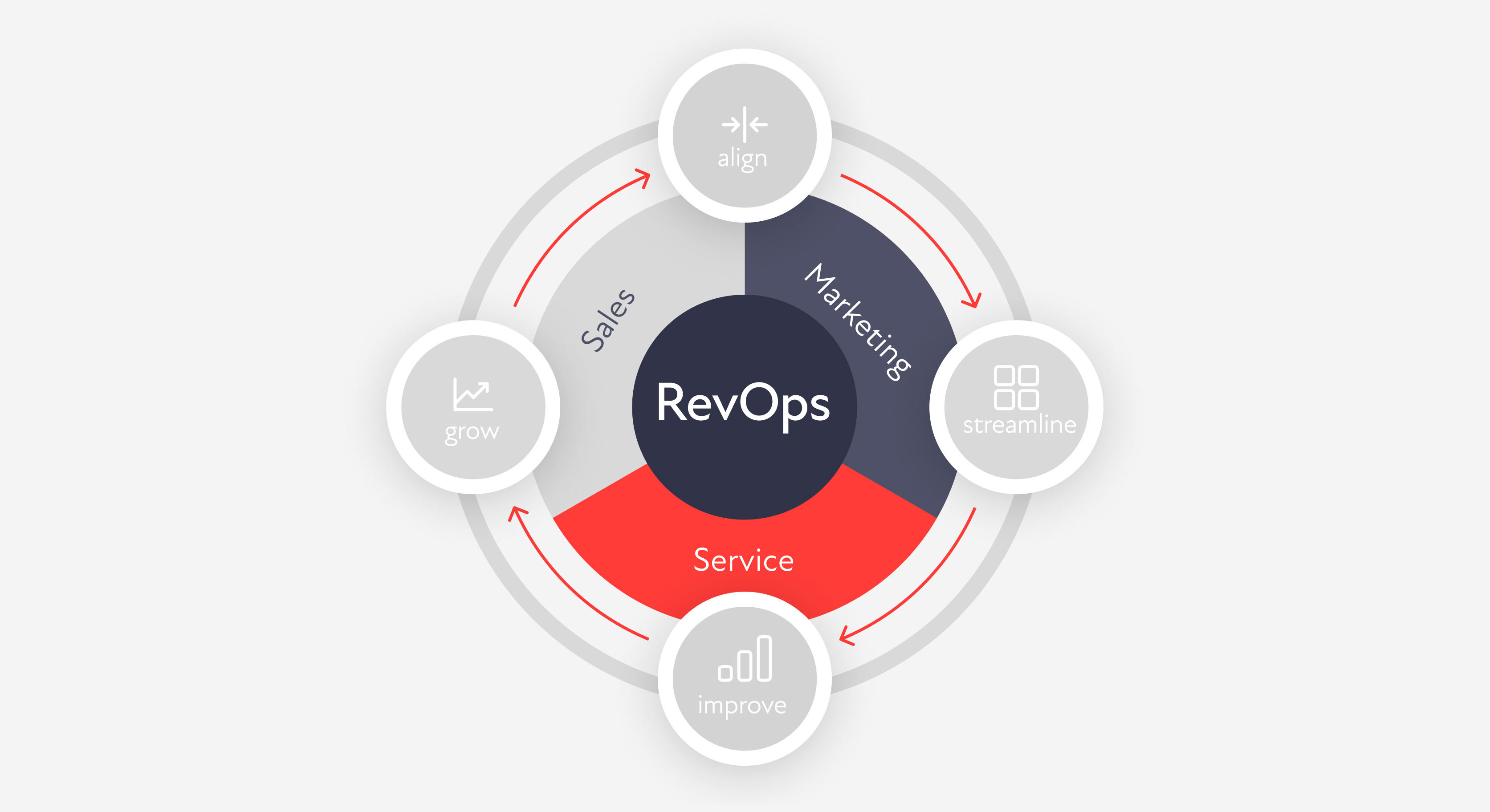Part of marketing’s role has always been concerned with delivering information to people. Today, it would seem marketing is more concerned with looking for ways of extracting information from them.
The advent of digital advertising, a decade or so ago, provided marketers with an exciting opportunity. Being able to deliver messaging through digital channels more effectively opened up new possibilities for marketers of every shape and size.
The technology would allow us to target our messaging more acutely. We would be able to learn more about people’s habits on the web in order to reach individuals at a more personalized level.
We were sold on the promise of being able to provide better, more relevant, more timely messaging that people would accept more readily. The ability to target customers, participate in conversations, and offer more human-centric engagement in our campaigns, would help brands connect more closely.
We were promised brand recognition, salience, and relevance. The opportunity for people to interact with our media and our brand was certain to make our online marketing efforts more engaging.
What did we end up with?
The missed opportunity of digital marketing
Instead of delivering marketing that’s more relevant, more timely, and more likable, we’re creating marketing that’s more annoying, more disliked, and more avoided.
Today, the marketing and advertising industries are mired in a never-ending series of scandals and deceit. If it’s not yet another data breach flooding the dark web with user passwords or credit card numbers, it’s digital ad fraud, social media fraud, bots pretending to be people, or the abuse of personal data.
Much of this can be traced back to the accepted industry practice of spying on people online without their knowledge or explicit consent. Calling it ‘tracking’ is just a more accepted euphemism for spying.
As we look back on marketing practices of the recent past, it’s time we had some tough conversations about ethics.
In the space of around 10 years, such ‘marketing by surveillance’ has fueled the fires of intolerance, prejudice, and outright hate. For years the advertising and marketing industries have been complicit, hiding behind the digital ad behemoths to defend their practices and deflect culpability.
What is ad tracking?
The concept of user tracking is quite simple. As we move around the web, tracking software gathers information on our habits. They log information about the sites we visit, what we look at, what we interact with, and how long we stay. A piece of code – sometimes called a ‘cookie’, ‘pixel’, or ‘script’ – is inserted into their website and, ultimately, into our web browser.
This information is then fed into computational algorithms that learn our habits and profile our behavior. Based on analytics results, these algorithms decide what content to show us. They change the ads, news, and media according to what they think we like to see.
The algorithms are used by advertising networks, news sites, and social media platforms to boost performance. It’s the reason why, for example, my Facebook feed is completely different from yours. My feed shows me stuff and ads that are likely to be more engaging to me. Your feed shows you stuff likely to be more engaging to you.
Keeping us on their platform
Why do Facebook and others bother with this? Is it the result of some altruistic concern to deliver the best possible experience for their users? Well, that’s probably what’s written in their annual report, or what their CEOs say when interviewed. But the actual reason is primarily to keep us inside the ‘walled garden’ of the publisher, network, or platform. Why? Because of the amounts of cash involved.
The more time we spend inside their platform, the more money they can make from selling space in our feed to advertisers. One way is to serve ever-more engaging content of the type and nature that, historically, we’ve interacted with in the past.
Experience has taught the algorithms that the more juicy the material, the more likely they are to keep us in their cocoon. Consequently, the algorithms often send ever more lurid notions of our own predispositions. They drive us deeper into rabbit holes where we may encounter people whose ideas are more extreme versions of our own.
We all know where that leads. A place of intolerance, conspiracy theories, ‘fake news’, and worse. In other words, where much of the web is now.
Programmatic advertising
Then there’s what’s known as programmatic advertising. Essentially, this is advertising purchased by algorithms rather than people.
The way programmatic works is quite simple. An advertiser (the brand, or more often their agency) creates an ad and sets-up the criteria on who should see it (e.g. 24- to 39-year-old affluent unmarried women interested in cattle farming). The algorithm then places copies of the ads on thousands of different websites where its programming believes that segment of people will see it.
And this is where the con starts.
The main con is what’s known as the fake view. The programmatic platform reports the ad has been seen by a human meeting the targeted criteria. In reality, it was actually ‘seen’ by a bot – a simulated view or click generated by software. Alternatively it may have been by a person from a click farm whose job is to click on ads to artificially-inflate viewing numbers.
How much of a problem is this? Depending on who you believe, the impact of fake views could be up to 88% of all digital ad clicks. Fake views and click fraud costs marketers – and therefore their clients – tens of billions of dollars every year. The World Federation of Advertisers estimated that, by 2025, ad fraud may be the second-largest source of criminal income (after drug trafficking!).
Who’s responsible for online marketing fraud? We all are
Over half of all digital ad spend goes through just two companies – Google and Facebook.
These companies have been placed under the spotlight by the public and government policymakers. But what’s gone largely unrecognized is the reason they’re doing it: for the benefit of advertisers and marketers.
Facebook derives almost 99% of its revenue from advertising, while Google owns the largest digital ad marketplace, DoubleClick Ad Exchange. Marketers and advertisers are the hidden hand guiding and financing these practices.
How do the advertising and marketing industries justify the damage we’re doing? Through a series of disingenuous assertions about the supposed benefits of surveillance.
The first and most dishonest of the claims is that the free internet is reliant on surveillance for its revenue model. This is simply not true. Traditional media, TV, radio, press, or outdoor did very well for decades without surveillance. There is no reason online advertising can’t be viable without spying on people.
The internet has many things we all love. Sure, advertising funds much of this free stuff, but tracking and surveillance do not. Is the free internet reliant on advertising? Certainly. Is it reliant on tracking? Not at all.
Excuses for tracking don’t stand up to scrutiny
Another commonly-cited excuse is that tracking is ‘necessary’ because of the marketing industry’s perception that consumers want more relevant messaging. This is also nonsense. Marketers claim tracking provides more relevant advertising. However, the data shows you may need to run 10,000 ad impressions to get five people to click on it. Does that seem ‘relevant’ to you?
The online media platforms claim that eliminating tracking will harm their business, in turn harming the businesses that advertise with them. This is a similar argument to the introduction of GDPR five years ago, yet ad platforms continue to be making money hand over fist.
Love it or hate it, we have GDPR because the marketing industry couldn’t be trusted to play nicely with the tools we gave them. After GDPR came CCPA in 2018, and the next few years will see CPRA, CDPA, and Colorado SB190 – and that’s just in the USA.
We are responsible for an alphabet soup of legislation that we must now follow. We’ve created an administrative monster. Moreover, we’ve done this to ourselves.
The digital cookie – the embedded browser code on which tracking relies – is destined to disappear. In April 2021 Apple released iOS 14.5 that requires would-be trackers to obtain user permission before installing cookies. For its part, Google Chrome (with 60% of the global web browser market) will block all third-party tracking cookies by 2023. Since Apple introduced iOS 14.5, 89% of people chose not to be tracked. In other words, only 11% of people voted for the “more relevant advertising” marketers think they want.
Ending ad tracking: the call for regulation
Just as GDPR dealt with personal data, the industry needs externally-imposed and enforced industry standards on transparency in ad tracking. Expecting beneficiaries of the current situation to self-regulate is naïve at best.
Online advertising supports many good things that we all enjoy and appreciate. We get free entertainment and free information. It allows us to befriend people we would otherwise never meet. It would take so little for the online marketing industry to do so much good for itself – and for the public.
Ending tracking, surveillance, and spying is not a panacea for all the problems of the digital world, but it’s a great place to start. It is true that revenue to publishers from advertising is essential to keeping the web free, but surveillance is not. Since when did the convenience of marketers become more important than the privacy rights of individuals, or the integrity of democratic institutions?
It’s possible to build a brand without any advertising whatsoever – Tesla being the most recent example, even if Tesla’s reluctance to advertise looks increasingly likely to change. Some of the biggest advertisers in the world, names such as Proctor & Gamble, Uber, and eBay have all made recent massive cuts to their online ad budgets with little to no measurable impact to their bottom line.
We need to get rid of tracking, not marketing, to help bring the web back to what it should be.






